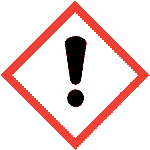Contact us
How can we help?
Here you will find direct contacts for your questions and requests.
Sales Enquiries
For sales enquiries, please reach out to our dedicated team for product availability, pricing, and orders. Contact us via the form below or phone and we’ll assist you in selecting the best solution for your needs.
Technical Support
If you have any technical queries, our expert support team is here to help. Whether it’s product compatibility, application advice, or specific technical requirements, feel free to contact us for detailed guidance and assistance.
Phone
+44 (0)1744 730334
Monday to Friday 9am – 5pm
 GHSO7
GHSO7